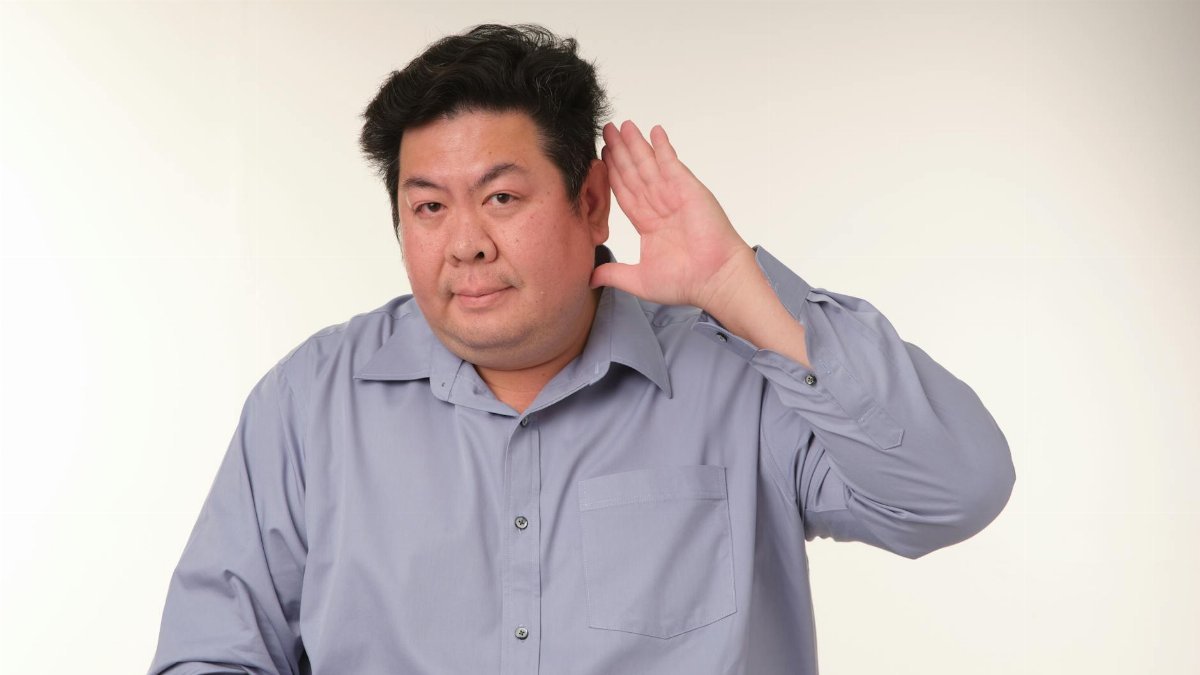Is mind-body healing the key to unlocking personal growth? This growing practice, which connects mental and emotional states to physical well-being, is gaining traction across the U.S. as people seek holistic ways to address stress, trauma, and chronic conditions. It’s not just about relaxation—it’s about understanding what your body’s signals, or “triggers,” are trying to tell you. By tuning into these cues, many are finding new paths to healing. Here’s how mind-body healing can help you decode your triggers and transform your health journey in 2025.
What Is Mind-Body Healing?

At its core, mind-body healing is a practice that bridges the gap between mental and physical health. It recognizes that emotions, thoughts, and past experiences can manifest as physical symptoms—think tension headaches from stress or gut issues tied to anxiety. Techniques like meditation, breathwork, and somatic therapy aim to address these connections, helping individuals release stored trauma and foster well-being. It’s a personalized approach, rooted in the idea that your body holds wisdom worth listening to.
How Triggers Point to Deeper Issues

Triggers—those intense emotional or physical reactions to certain situations—aren’t just random. They often signal unresolved pain or stress. In mind-body healing, a racing heart or sudden anger might be your body’s way of flagging a deeper issue, like past trauma or suppressed emotions. By paying attention, you can start to identify patterns. For instance, a study from Harvard Medical School highlights how chronic stress can exacerbate physical conditions like heart disease, showing the mind-body link in action. Learn more at Harvard Health.
Listening to Your Body’s Signals

Your body often speaks before your mind catches up. A tight chest during an argument or fatigue after certain interactions can be clues. Mind-body healing encourages mindfulness to notice these signals without judgment. Simple practices like body scans—where you mentally check in with each part of your body—can reveal where you’re holding stress. The National Institutes of Health notes that mindfulness-based interventions can reduce pain and improve mental health, backing up these methods. Check their findings at NIH Mind-Body Research.
Practical Tools to Start Healing

Getting started with mind-body healing doesn’t require a major overhaul. Begin with small steps: try five minutes of deep breathing when a trigger hits to calm your nervous system. Journaling about emotional reactions can also uncover hidden connections to physical discomfort. Somatic exercises, like gently shaking out tension, help release stored energy. These tools empower you to respond to triggers with curiosity instead of frustration, turning challenges into opportunities for growth.
Why Triggers Are Teachers

Triggers aren’t just obstacles—they’re lessons. Each reaction offers insight into what needs healing, whether it’s a boundary to set or a memory to process. Mind-body healing reframes these moments as invitations to grow, not setbacks. By working with your body’s responses instead of against them, you build resilience. Therapists often note that clients who embrace this mindset report feeling more in control of their emotions and health over time.
Building a Sustainable Practice

Consistency matters in mind-body healing. Set aside a few minutes daily to check in with yourself—notice your breath, scan for tension, or reflect on recent triggers. Pair this with professional support if needed, like therapy or guided workshops, to deepen your understanding. The goal isn’t to eliminate triggers but to learn from them. As more Americans adopt these practices in 2025, the focus on holistic health continues to reshape how we approach personal challenges.
